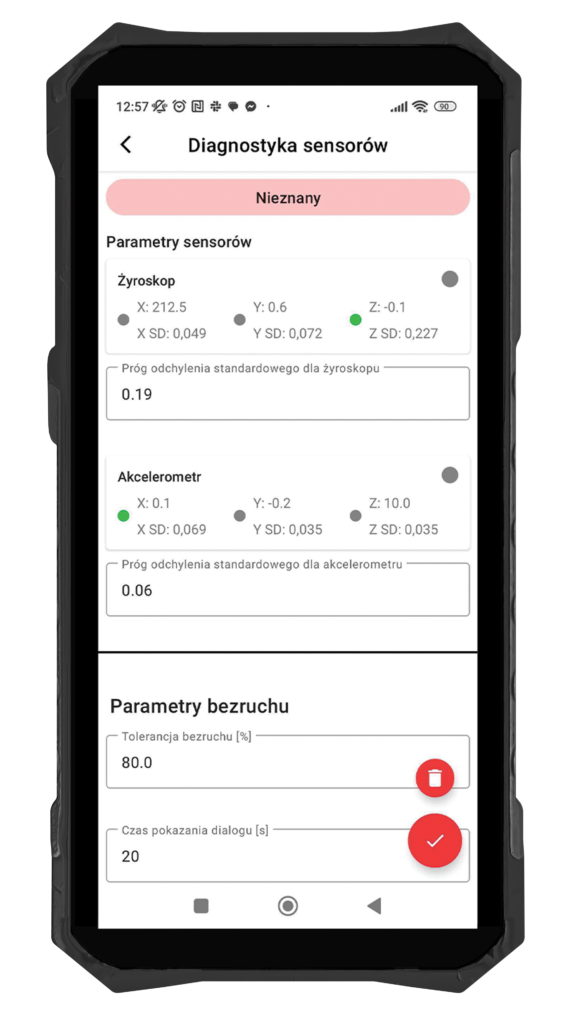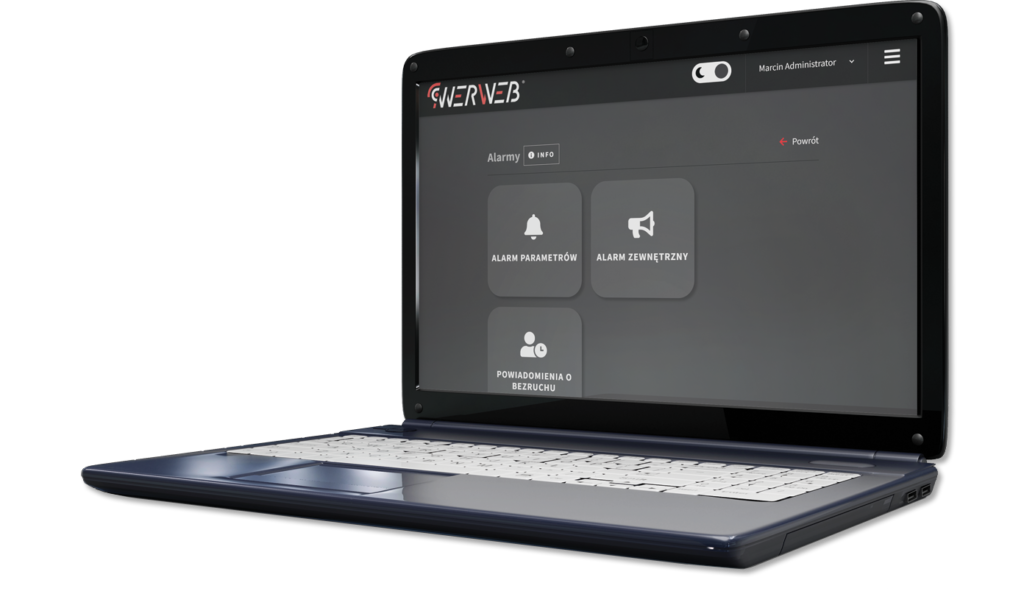Detect immobility of lone workers– Case study
INNERWEB SYSTEM
The InnerWeb system with immobility detection watches over the safety of lone workers. All functionality is based on a mobile device that the employee always has with him. An important advantage is the adaptation of the devices to current needs, such as external contractors, work shifts or threats. Adjustment of sensitivity and tripping time allows the device to adapt to the nature of the work, minimizing the risk of false alarms
Challenge
Safety is one of the most important elements of any workplace. What if an employee falls over, loses consciousness, faints…. how quickly will someone find out about it and react accordingly? How do you ensure a high level of safety for employees who are alone in the workplace? To one of our clients, which is the Zakład Gospodarki Odpadami, we proposed a solution to this problem, which is based on the geolocation function.

Many employees in independent positions without supervision
Insufficiently rapid response to situations that threaten health or life
Process flow
In response, we installed a network of radio transmitters throughout the plant. We also conducted intensive R&D on managing the gyroscope and accelerometer sensor in the Hammer smartphones we supplied to the customer, which were upgraded for industrial use. For employees who work at stand-alone stations without others, we have enabled motionless detection mode.
Solution
As agreed with the customer, it was set that the immobility alarm would be triggered 20 seconds after it was detected. The employee can then cancel it or confirm static operation. Confirming immobility will trigger a static operation mode, which will run for 15 minutes and put immobility notifications to sleep. This can include taking a break from work or working at a computer. After a quarter of an hour, the alarm system will restart, turning on after 20 seconds of rest. In a situation where an employee fails to respond to an alarm notification received, the supervisor will be notified. He or she should then follow the procedure for immobility.

What does it involve?
The operation of the alarm system is handled by a security officer, who in such an alarm situation must contact an employee by phone, and if an employee is not available, the security officer sends specific people to a designated location to verify the threat. The immobility module is an important function for employees performing tasks independently, providing them with a high level of security. It allows the team to react quickly in a life- or health-threatening situation, when sometimes seconds count. The system can be configured for the duration of the alarm/notification when immobility is detected.
Benefits
- Increase the level of safety for workers performing work independently and in hard-to-reach areas.
- The possibility of replacing the immobility detection system with a two-person team, in which the required tasks can be performed by only one person.
- The ability to respond immediately in the event of a threat to a worker's health or life.

